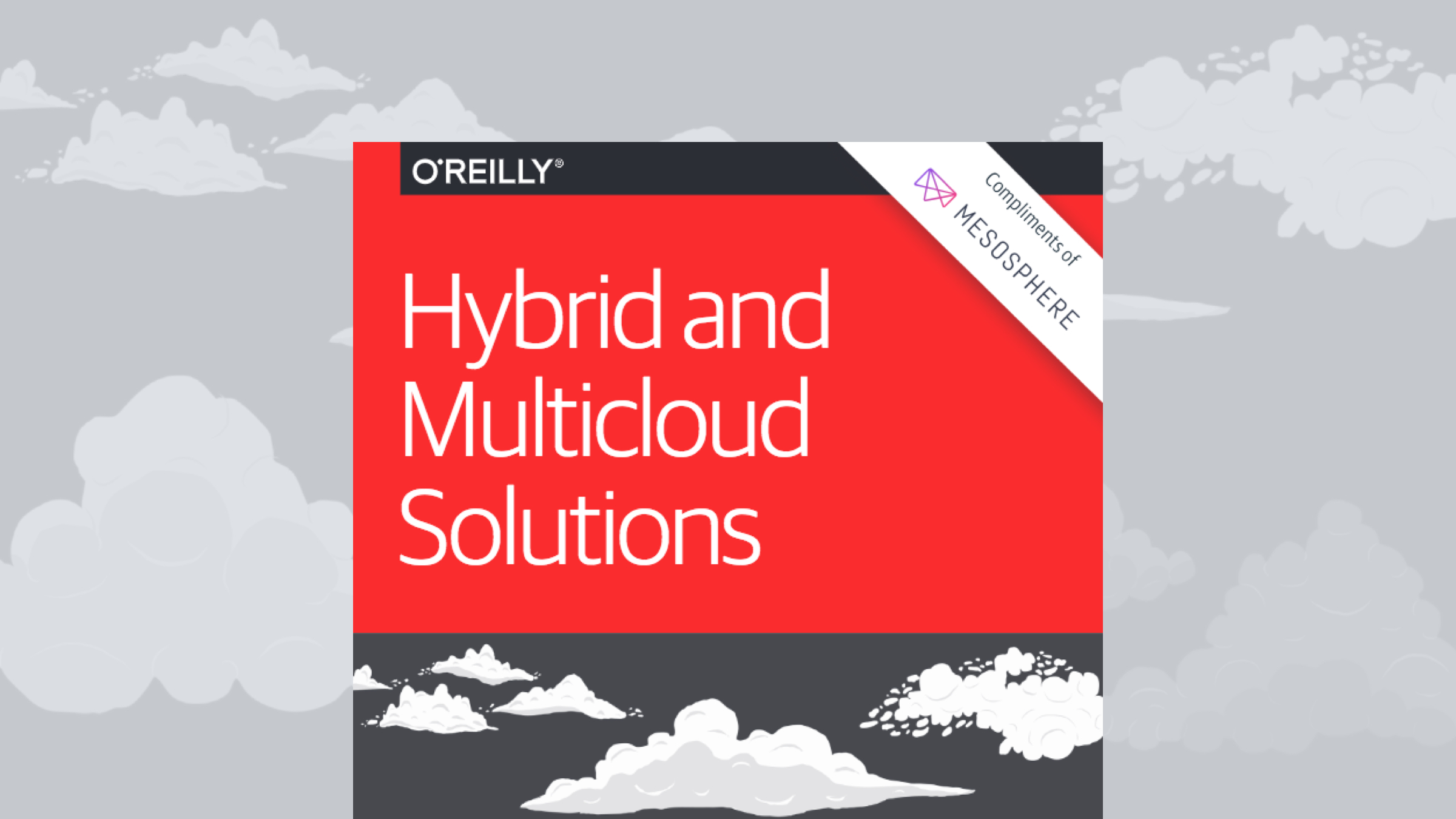
2 min read
Between virtualization and cloud hosting, today's datacenter doesn't resemble the datacenter of 10 years ago. Calling upon virtualization technology, organizations can create internal private clouds to more quickly deliver software. At the same time, more companies are comfortable trusting public cloud providers with local data and using them to supplement their private clouds.
With the shift to the cloud, your organization might be wondering how to wring the most value possible from its private clouds. You can gain an edge by combining public and private cloud technologies to create a hybrid cloud.
We're Heading Toward a Hybrid-Cloud World
Hybrid cloud and multi-cloud are a strategic must if you want to evolve to a modern data architecture. Rather than live on dedicated servers, cloud-native applications scale across multiple servers. As a result, they make better use of servers while reducing the overhead costs that come with traditional datacenters. Combined, the control of the private cloud with the scalability of the public cloud make it possible for your organization to run a more efficient, cost-effective datacenter.
In fact, hybrid and multi-cloud architectures enable your organization to:
- Burst to the cloud to access additional compute power
- Failover applications between data centers
- Move workloads between environments and limit cloud provider lock-in
These benefits help explain why hybrid deployment has grown by 33% since 2016, overtaking cloud-only deployments. At the same time, there's been a surge in multi-cloud deployments, with one in every four organizations using multiple cloud service providers, including Google, Azure, AWS, and "Other" – a 2x increase since 2016.
And this shift to a hybrid-cloud world is gaining traction across industries.
Connecting Private and Public Clouds is Challenging
While the benefits of hybrid cloud are obvious, connecting private and public clouds can feel overwhelming. Even though you can choose from a range of cloud providers, it's difficult knowing what's the right solution unless you know how to seamlessly manage workloads between clouds or what advanced capabilities your organization needs.
To vet your options and make the right choice, you'll want to assess potential solutions beyond cost by answering the following:
- Can it run your critical workloads, including containers and microservices?
- How well does it pool resources?
- What can it automate?
- Does it connect clouds deeply enough to enable true hybrid behavior and benefits?
- How well does it facilitate migrations?
- What does it offer to control your applications?
- Does it support your regulatory environment?
Rather than go it alone as you assess your options, download this comprehensive eBook we developed in collaboration with O'Reilly Media. You'll walk away with a better understanding of the hybrid cloud and its architecture, and know how to make the best choice for your organization.










